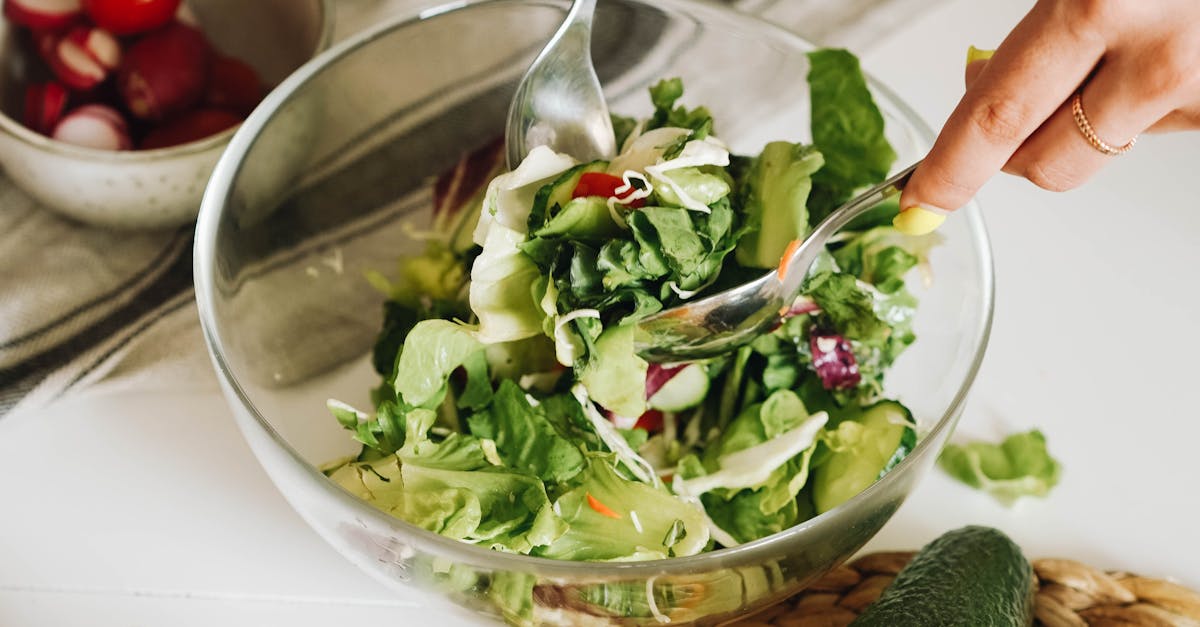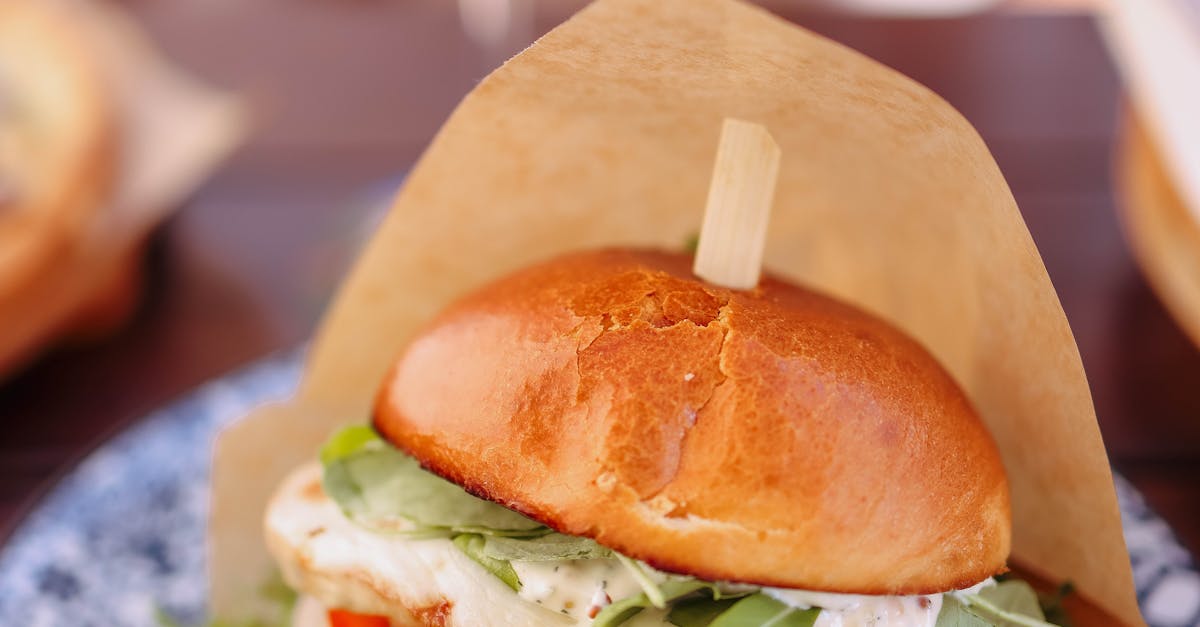
Queso Fresco Recipe
- October 01, 2024
- 5 min Read
- Views 448
Queso Fresco Recipe: A Delightful Mexican Cheese
Discover the magic of homemade queso fresco with this easy-to-follow queso fresco recipe. Known for its fresh and slightly tangy flavor, queso fresco is a quintessential component in many Mexican dishes. It's incredibly versatile and can be used to top off meals, enhance flavors, and serve as a creamy base for various dishes.
What is Queso Fresco?
Queso fresco, which translates to "fresh cheese" in Spanish, is a traditional Mexican cheese known for its mild flavor and crumbly texture. Unlike aged cheeses, queso fresco is made to be consumed fresh, offering a slight tanginess that complements a wide array of dishes. It’s a staple in Mexican cuisine, often used in tacos, enchiladas, salads, and even soups.
Ingredients Needed for Queso Fresco Recipe
Creating queso fresco at home is straightforward and requires only a few ingredients. Here’s what you’ll need:
- 1 gallon of whole milk
- 1/4 cup of white vinegar or lemon juice
- 1/4 teaspoon of salt (optional)
Additional equipment includes a large pot, a thermometer, cheesecloth, and a colander.
How to Make Queso Fresco
Follow these steps to create your very own queso fresco:
Step 1: Heat the Milk
Pour the whole milk into a large pot and slowly heat it over medium heat. Use a thermometer to monitor the temperature, and make sure it reaches 190°F (88°C). Stir the milk occasionally to prevent it from scorching at the bottom.
Step 2: Add the Acid
Once the milk reaches the desired temperature, remove it from the heat. Slowly add the white vinegar or lemon juice, stirring gently as you pour. You’ll notice the milk starting to curdle, forming curds and whey. Let the mixture sit undisturbed for about 10 minutes to allow full curdling.
Step 3: Strain the Curds
Line a colander with cheesecloth and place it over a large bowl. Carefully pour the curdled milk into the cheesecloth-lined colander, allowing the whey to drain. Gather the edges of the cheesecloth and tie them together to form a bundle.
Step 4: Press the Cheese
Leave the cheese to drain for about 1-2 hours, or until most of the whey has drained off, leaving behind a solid mass of curds. To speed up the process, you can press the cheese by placing a weight over the bundle.
Step 5: Season and Shape
Once the cheese has drained to your desired texture, transfer it to a mixing bowl and add salt, if desired. Mix thoroughly. Shape the cheese into a round or any shape you prefer. Your homemade queso fresco is now ready to enjoy!
How to Use Queso Fresco
Queso fresco is incredibly versatile and can enhance many dishes:
- Tacos: Crumble queso fresco over your favorite taco for a creamy and fresh topping.
- Enchiladas: Use it as a filling or garnish to add a delightful texture and flavor.
- Salads: Sprinkle over salads for a mild and creamy addition.
- Soups: Top off soups with crumbled queso fresco for a rich, creamy finish.
- Chiles Rellenos: It’s perfect for stuffing into roasted peppers.
Health Benefits of Queso Fresco
Queso fresco is more than just a tasty cheese; it offers several health benefits:
- Rich in Protein: It provides a good source of protein, essential for muscle building and repair.
- Calcium-Rich: This cheese is an excellent source of calcium, crucial for bone health.
- Low in Fat: Compared to many other cheeses, queso fresco is relatively low in fat, making it a healthier choice.
Storing Queso Fresco
Homemade queso fresco should be stored properly to maintain its freshness:
- Wrap the cheese in plastic wrap or place it in an airtight container.
- Store it in the refrigerator, where it will stay fresh for up to a week.
- To extend its shelf life, consider freezing it, although this might affect its texture.
Guide Steps Recap
- Heat the Milk to 190°F (88°C).
- Add Vinegar or Lemon Juice to Curple the Milk.
- Strain the Curds Using Cheesecloth.
- Press the Cheese to Remove Excess Whey.
- Season and Shape the Cheese.
Frequently Asked Questions (FAQ)
Can I use other types of milk for queso fresco?
Yes, you can use goat's milk or a blend of different milk types. However, whole cow's milk is most commonly used.
Is queso fresco the same as paneer?
While queso fresco and paneer are similar, they are not the same. Paneer is an Indian cheese that is typically firmer and used in different culinary applications.
What can I do with the leftover whey?
Whey can be used in various recipes, such as adding it to smoothies, baking bread, or as a nutrient-rich addition to soups and stews.
Can I make queso fresco without cheesecloth?
If you don't have cheesecloth, you can use a clean kitchen towel or a fine-mesh strainer as an alternative.
Tags
#QuesoFresco #MexicanCheese #HomemadeCheese #FreshQueso #CheeseRecipe #OrganicRecipes #HealthyCheese
References
Real Food Enthusiast
Mexican Food Journey
Cheese Making Tips
People Also View
-
1October 05, 2024
-
2October 06, 2024
-
3October 06, 2024
-
4September 29, 2024
-
5October 05, 2024
Categories
- Near Me 2147 Posts
- How To 548 Posts
- Where To 257 Posts
- Why 90 Posts
- How Much 97 Posts
- Travel 202 Posts
- Food And Drink 815 Posts
- Shopping 797 Posts
- Lifestyle 1050 Posts
- Automotive 364 Posts
- Digital Income 70 Posts








